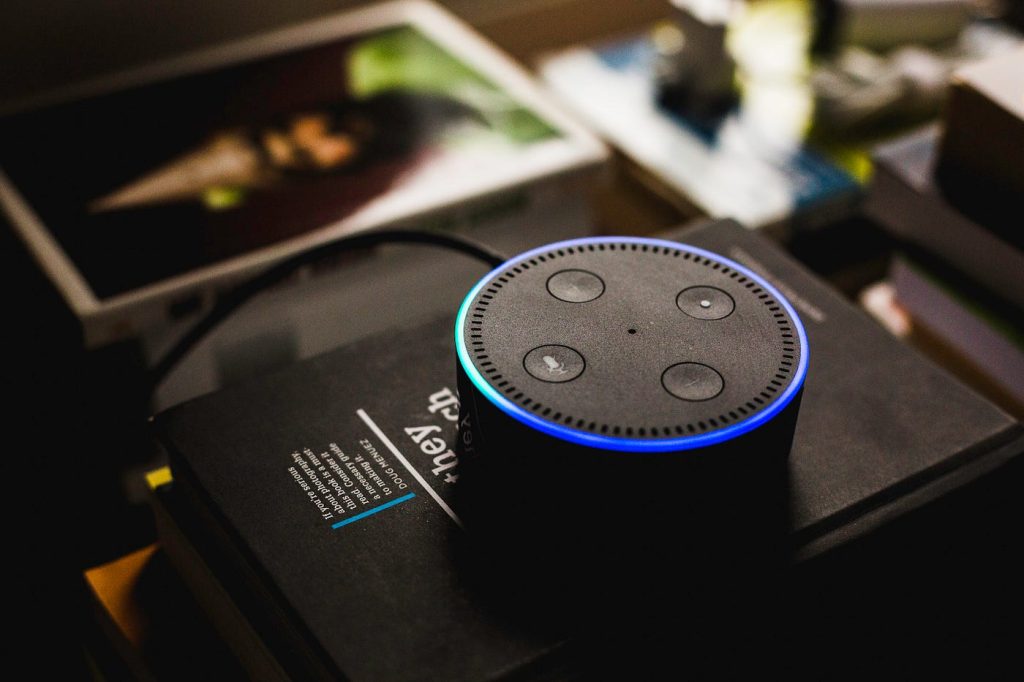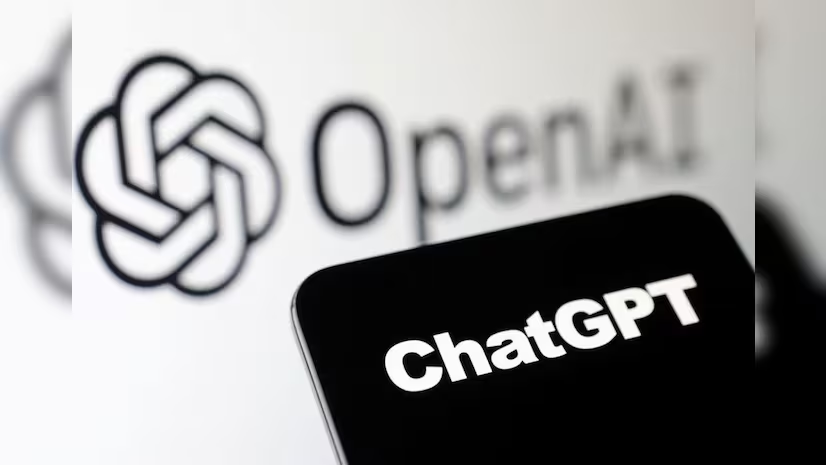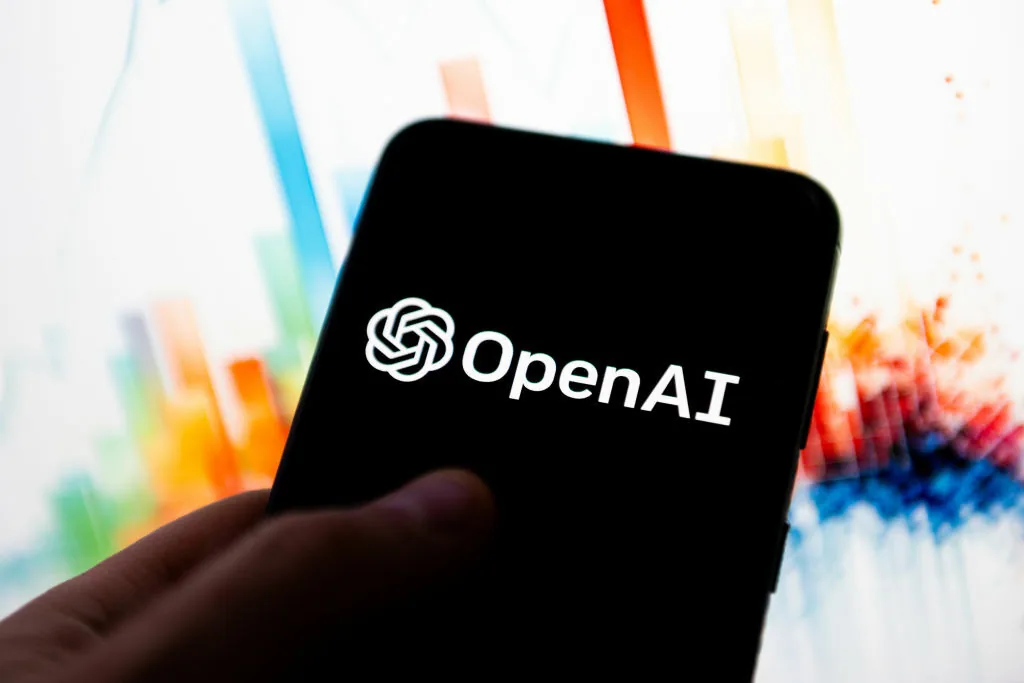SAN FRANCISCO, June 21 – Amazon (AMZN.O) is planning a significant overhaul of its Alexa service, which has been unprofitable since its launch. The update includes a conversational AI feature and could introduce a two-tier subscription model, with a potential monthly fee of $5 for premium access, according to insiders familiar with the company’s plans.
Project Banyan: The Next Generation of Alexa
Internally known as “Banyan,” a nod to the sprawling ficus trees, this project marks the first major update to Alexa since its 2014 debut alongside the Echo speakers. The revamped voice assistant, named “Remarkable Alexa,” aims to enhance user interactions through advanced AI capabilities.
Eight current and former employees, who spoke under the condition of anonymity, disclosed that Amazon has set a deadline of August to prepare the new version of Alexa. CEO Andy Jassy is personally invested in this initiative, promising in an April letter to shareholders a “more intelligent and capable Alexa.”
The company’s plans, including pricing and release dates, are still subject to change based on the progress of Project Banyan.
“We have already integrated generative AI into different components of Alexa, and are working hard on implementation at scale—in the over half a billion ambient, Alexa-enabled devices already in homes around the world—to enable even more proactive, personal, and trusted assistance for our customers,” said an Amazon spokesperson.
The Push for Generative AI
The integration of generative AI into Alexa is seen as crucial for Amazon to keep pace with competitors like Google, Microsoft, and OpenAI, who have gained attention with their chatbots capable of responding to complex prompts. The release of ChatGPT in late 2022 has intensified investment in AI, boosting companies like Nvidia to new heights.
Apple, too, is advancing its AI strategy, updating its Siri voice assistant to provide more conversational responses.
Challenges and Opportunities
Some Amazon employees view Project Banyan as a critical effort to rejuvenate Alexa, which has struggled to turn a profit and adapt to the competitive landscape of generative AI. They emphasize that 2024 is a pivotal year for Alexa to prove its commercial viability.
Currently, Alexa is primarily used for simple tasks such as setting timers, checking the weather, playing music, and answering basic questions. Efforts to drive e-commerce sales through Alexa have not met expectations, as users prefer to visually compare products before purchasing.
Last year, Amazon cut thousands of jobs in the Alexa unit as part of a broader restructuring following a slowdown in e-commerce growth post-pandemic.
What’s New with Remarkable Alexa?
The new AI-powered version of Alexa will replace the existing “Classic Alexa” and introduce a premium tier requiring a monthly fee of at least $5, with some consideration of a $10 fee. The premium version is expected to handle more complex tasks, such as composing and sending emails or ordering food via Uber Eats from a single voice command. It will also offer more personalized experiences, reducing the need to repeatedly say “Alexa” during interactions.
However, there is skepticism about whether users will be willing to pay for features that have been free until now. Additionally, there have been challenges in AI development, including issues with generating false information and low morale within the Alexa team.
Enhancing Home Automation
Amazon also aims to improve home automation through Alexa. Currently, Alexa can control smart devices like lights and thermostats via voice commands. The new version could learn user preferences to automate tasks, such as turning on the TV for a favorite show or starting a coffee pot when an alarm goes off.
For this enhanced service to work effectively, users may need to invest in additional Alexa-enabled devices. Amazon has been developing new devices to increase Alexa’s presence throughout the home, including energy consumption trackers and carbon monoxide detectors.
Amazon’s ambitious plans for Alexa’s future hinge on integrating advanced AI to offer a more intelligent and personalized user experience. While the introduction of a subscription model represents a shift, the success of this strategy will depend on user acceptance and the platform’s ability to deliver significant value over free alternatives.
Found this news interesting? Follow us on Twitter and Telegram to read more exclusive content we post.







